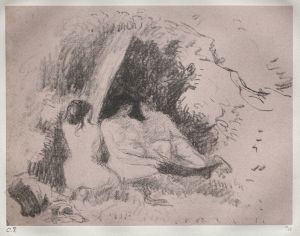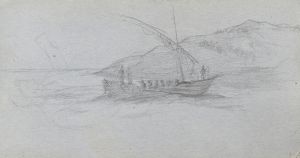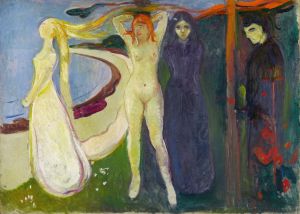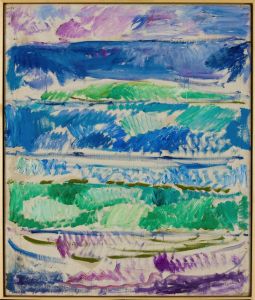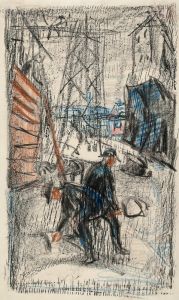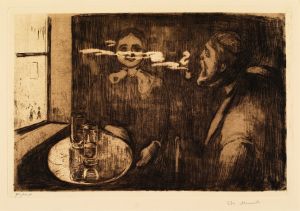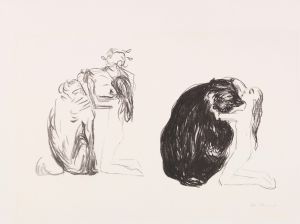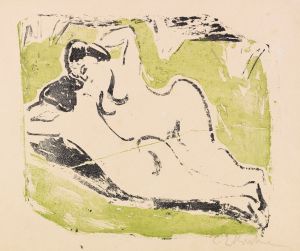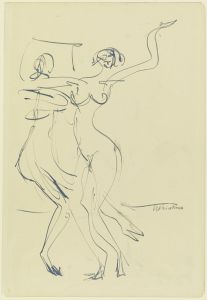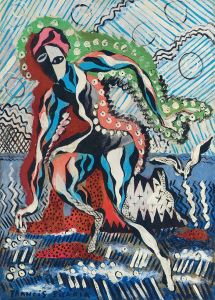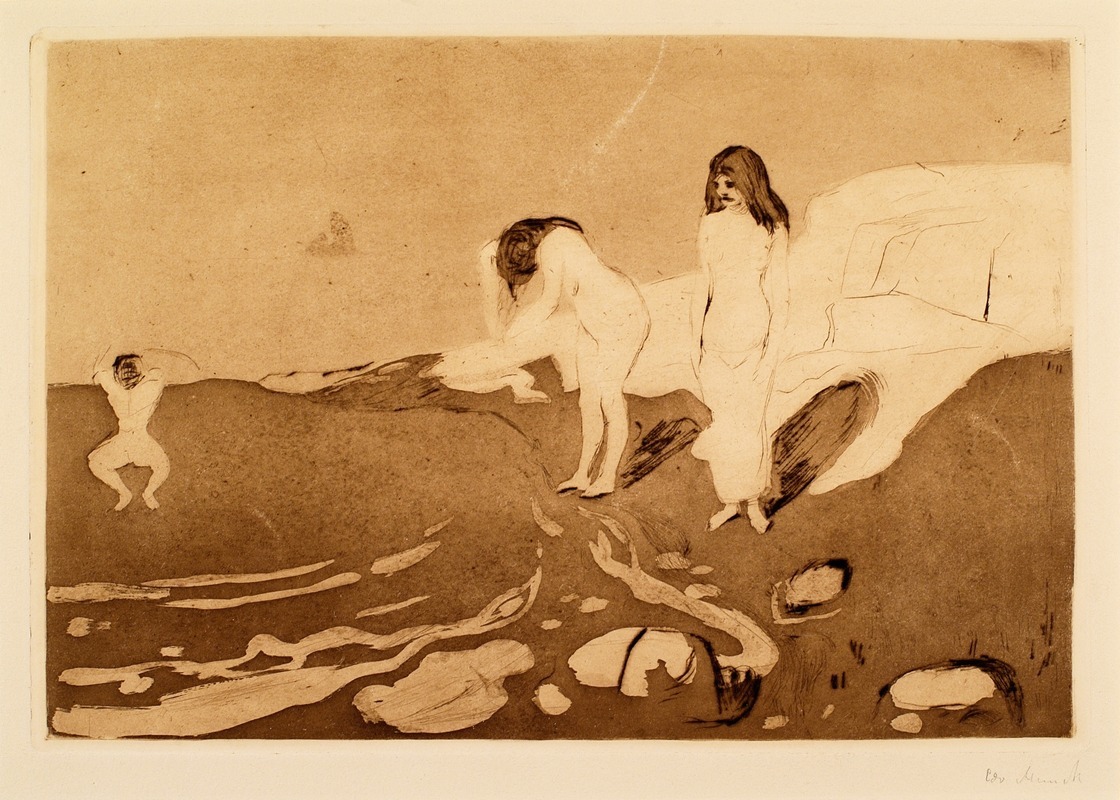
Women Bathing
A hand-painted replica of Edvard Munch’s masterpiece Women Bathing, meticulously crafted by professional artists to capture the true essence of the original. Each piece is created with museum-quality canvas and rare mineral pigments, carefully painted by experienced artists with delicate brushstrokes and rich, layered colors to perfectly recreate the texture of the original artwork. Unlike machine-printed reproductions, this hand-painted version brings the painting to life, infused with the artist’s emotions and skill in every stroke. Whether for personal collection or home decoration, it instantly elevates the artistic atmosphere of any space.
Edvard Munch, a renowned Norwegian painter and printmaker, is best known for his emotionally charged works that explore themes of love, anxiety, and mortality. Among his extensive body of work, "Women Bathing" is a lesser-known piece that reflects his ongoing interest in the human condition and the natural world. Painted in 1897, this artwork is part of Munch's broader exploration of the female form and its connection to nature, a recurring motif in his oeuvre.
"Women Bathing" depicts a group of women in a natural setting, likely by a shoreline, engaging in the act of bathing. The composition is characterized by Munch's distinctive style, which combines bold, expressive brushstrokes with a vivid, almost dreamlike color palette. The figures are rendered in a way that emphasizes their connection to the surrounding environment, blending the human form with the natural elements of water and landscape. This integration of figures and nature is a hallmark of Munch's work during this period, reflecting his interest in Symbolism and his desire to convey deeper emotional and psychological truths.
The painting is often interpreted as a reflection of Munch's fascination with the cycles of life and the interplay between innocence, sensuality, and the passage of time. The women in the scene appear at ease, their poses and expressions suggesting a sense of freedom and unity with nature. This theme aligns with Munch's broader artistic concerns, as he frequently explored the complexities of human relationships and the existential questions that define the human experience.
"Women Bathing" was created during a particularly productive period in Munch's career, following his involvement with the Berlin Secession and his growing recognition in the European art world. During this time, Munch was deeply influenced by Symbolist ideas, which sought to convey the inner workings of the mind and the spiritual dimensions of existence through art. This influence is evident in the dreamlike quality of "Women Bathing," as well as in its focus on universal themes and archetypal imagery.
The painting is part of Munch's broader series of works that examine the stages of life and the roles of women within them. While "Women Bathing" is not as widely known as some of Munch's other masterpieces, such as "The Scream" or "Madonna," it remains an important example of his ability to capture the essence of human emotion and the interconnectedness of life and nature.
Today, "Women Bathing" is held in the collection of the Munch Museum in Oslo, Norway, which houses a significant portion of the artist's works. The museum provides insight into Munch's life and artistic development, offering visitors the opportunity to explore his contributions to modern art and his enduring legacy.







